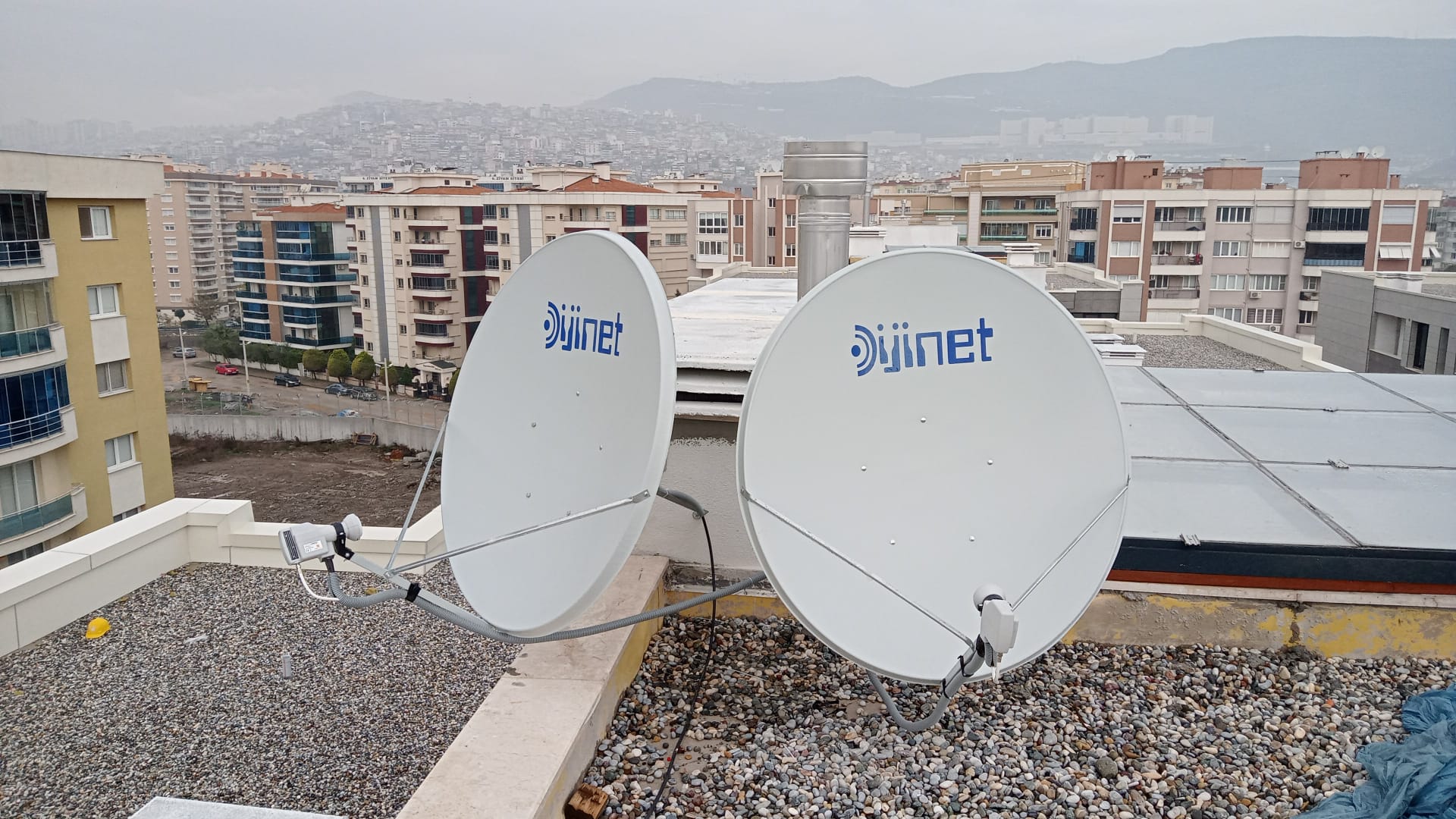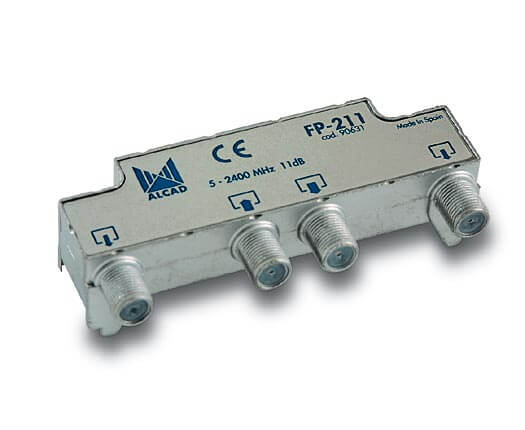Purpose of Satellite and Television Systems
Satellite and television systems can be grouped according to the work they do or the orbits they follow. However, these two things are very closely related, because the work a satellite does often determines both how far from Earth it must be, how fast it must move, and the trajectory it must follow. The three main uses of satellites are:
- Communication
- Photography, imaging and scientific research
- Navigation.
Communications satellites are primarily used to transmit radio waves from one place on Earth to another, catching signals fired at them from a ground station (an Earth-based satellite dish), amplifying (and switching) them so that they have enough power to continue. These signals can carry anything that radio signals can carry on the ground, from phone calls and internet data to radio and TV broadcasts.
Satellite and television systems broadcasting is a method of bringing television programs into your home, which relies on transmitting data from a communications satellite in space. These transmissions are routed over a satellite network and then distributed to consumers' homes. Unlike cable television, which does not require any additional equipment, satellite television relies on the use of a satellite dish to receive programming. In turn, the information received through the dish is sent to a set-top box inside the consumer's home. Satellite broadcasting can be transferred to television by different systems as well as by dish.

